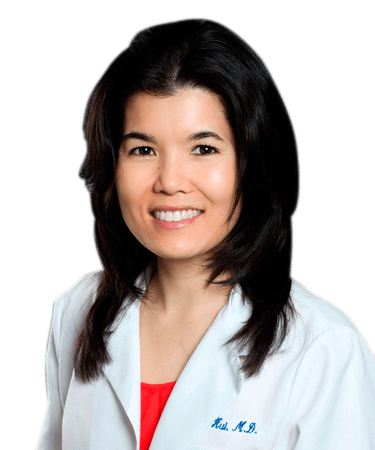https://deserthealthnews.com/story/dont-forget-shades/
While breast, prostate and lung cancers are the most prevalent forms of cancer in the United States,1 skin cancer is the most common type in the Coachella Valley according to the recently released data from HARC.2 This may come as no surprise with our love of the outdoors and our radiant desert sun.
Because of these updated statistics and my own patient experience, I thought we should revisit an article originally featured in Desert Health in 2012, Protection and Signs of Eyelid Cancer Often Overlooked.
The largest organ of our body is the skin which protects us from the elements and is often taken for granted. The eyelid skin is no exception. The eyelids are the thinnest and most delicate tissues of the body. They provide a physical barrier and also secrete unique oils to keep the surface of the eyes healthy. They protect the eyes from foreign bodies and trauma and help to keep them well lubricated.
Unfortunately, these delicate structures are often overlooked when we think about sun protection. The eyelids are best protected with the use of large sunglasses that block UVA and UVB rays, as well as a wide-brimmed hat. These protective measures decrease the amount of direct sunlight that reaches the eyelids, and sunglasses offer the added benefit of blocking reflected light. Both are key in reducing the number of ultraviolet rays that reach the eyelids and thus reduce the chances of developing skin cancer, particularly in our strong desert sun.
Signs of eyelid cancer are often mistaken for a variety of other things, often erroneously attributed to be styes, skin tags or “barnacles.” A variety of lesions may appear on the eyelids, and it is important to distinguish between benign and malignant conditions. Benign lesions include skin tags, seborrheic keratosis (age spots), sunspots and nevi (moles). Skin tags are not cancerous but can be troublesome cosmetically. These can usually be removed in an in-office procedure if the patient desires. Seborrheic keratoses are waxy and pigmented (brown) and have a mounded, wart-like, “stuck on” appearance. They are benign and can also be removed in the office if desired. Sunspots range from benign pigmentation changes to pre-cancerous actinic keratoses. Actinic keratoses are small rough, scaly patches, that are sometimes more palpable than visible.
Moles by definition are benign. They may be pigmented or non-pigmented. Most remain stable in appearance throughout life, but some may undergo visible change. Change in appearance is a key factor and the ABCDE rule is a useful guide in evaluating this evolution. Important changes to watch for include Asymmetry (one half does not match the appearance of the other half), irregular Borders, non-uniformity of Color, Diameter larger than ¼” (which is about the size of a pencil eraser), and Evolving appearance. A mole that seems to be changing should be evaluated to determine if further treatment is necessary.
Malignant lesions include the many different types of skin cancer that can affect the delicate eyelid tissues. As with the rest of the body, the most common cancer in this area is basal cell carcinoma. Less common types of cancer include squamous cell carcinoma, melanoma and sebaceous cell carcinoma.
Important signs of skin cancer include non-healing wounds, crusting and bleeding, loss of eyelashes and/or chronic or progressive erosion or irritation of tissue.
A less common entity is lentigo maligna, a slow-growing more contained form of melanoma. It often appears as a diffuse area of pigment without discrete borders. It can transform to frank melanoma and should be excised before this can happen.
Regardless of the type of cancer, early diagnosis and treatment are key in eyelid malignancies. Appropriate management is important in eradicating the tumor while maintaining as much normal tissue as possible. If skin cancer is diagnosed and is localized to the eyelid, removal is usually indicated. This can be performed by the oculoplastic surgeon, or by a dermatologist trained in the Mohs technique. Once the cancer is removed, the eyelid must be reconstructed to ensure optimal function and appearance.
As described above, eyelid skin is thinner than in other areas of the body and thus more susceptible to sun damage. Your eyelids should be protected from the sun as much as possible. Lesions in this region can be difficult to see and are therefore often overlooked. Any area of concern should be evaluated, preferably by a physician who is specially trained in this eye region.
Dr. Hui is the founder of The Eyelid Institute in Palm Desert. She is an Oculoplastic surgeon and has a special interest in helping patients with eyelid, lacrimal and orbital conditions and can be reached at (760) 610.2677.
References: 1) FastStas: Leading Causes of Death. (2015).www.cdc.gov; 2) Coachella Valley Community Health Survey 2016 Executive Report: Cancer; pg 45.





